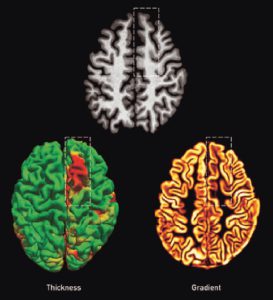Abstract
Magnetic resonance imaging (MRI) is a pivotal component in the investigation of patients with any form of epilepsy because of its unmatched ability in visualizing structural brain pathology. The MRI signature of newly diagnosed epilepsy is not yet fully defined, mainly because of the lack of a cohesive methodology to evaluate structural changes in the early stages of the disease. By revealing subtle lesions that previously eluded visual inspection in patients with drug-resistant epilepsy, quantitative computer-assisted image analysis has clearly demonstrated increased sensitivity and diagnostic accuracy compared to conventional techniques. Therefore, the application of image processing methods in patients with newly diagnosed epilepsy promises to reduce the trial-error period in potential surgical candidates, provide solid biomarkers for monitoring the disease and identifying treatment responders. A clearer understanding of brain pathology at the early stages of the disorder will help clinicians to develop better criteria for identifying patients who are at risk of secondary brain damage and for timely intervention that achieves seizure control.

